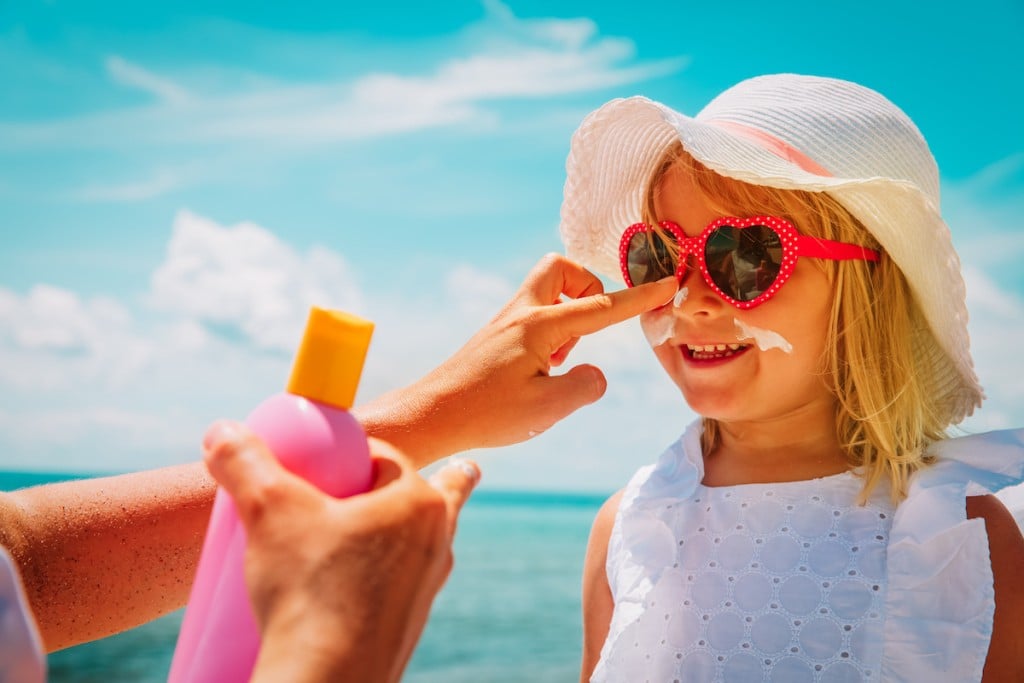TL;DR: Our coral reefs are under threat, and the sunscreen you use can make all the difference. Skip chemical filters, stick with zinc oxide or titanium dioxide, and you’ll protect both your skin and the ocean.
When people see the term coral reef safe sunscreen, it can sound like nothing more than a gimmicky label on the side of a bottle. The reality is harsher. Coral reefs are dying faster than ever, and what we wear in the sun really does play a part.
Some ingredients that sit harmlessly on your skin can wreak havoc once they wash into the sea. Picking a better formula lets you enjoy the sun guilt-free, knowing you’re not adding to the problem.
It has real-world consequences for people, too, as coral reefs shelter fish, feed coastal communities, and even protect shorelines from storms. Regardless, bleaching caused by chemical exposure is hitting them hard, and while you can’t control the climate, you can control what you use.
What Does Coral Reef Safe Sunscreen Really Mean?
Coral reef safe sunscreen is a product term that gets thrown around a lot, but it’s not one that’s regulated. That means a bottle marked “reef-safe” might still contain chemicals linked to coral decline. The real test is what you find when reading the ingredient list.
Filters to avoid include oxybenzone, octinoxate, and octocrylene. These chemicals have been shown to interfere with coral growth and make bleaching worse. Homosalate is another ingredient being looked at by the FDA, so if you see those names on the label, put the bottle back.
Mineral sunscreens are the safe, planet-friendly option. They rely on zinc oxide or titanium dioxide, which sit on your skin and bounce UV rays away, rather than being absorbed into your body or the water around you. Non-nano forms are preferred, as they’re less likely to be swallowed by marine life.
Some Tips On Staying Safe & Eco-Friendly
Every swim leaves a little sunscreen behind in the water, which is why the type of filters you use makes all the difference. Switching to a mineral formula neatly side-steps the problem while still giving you the protection you need.
So, if you want to be sure that your sunscreen is doing right by the ocean and the amazing life that calls it home, keep these checks in mind:
- Stay away from additives like parabens and fragrances, which do nothing to protect you, but can still end up irritating your skin.
- Give yourself relief from direct sunlight by wearing wide-brimmed hats and using shade where you can, as part of an all-around sun safe approach.
Making these changes might seem quite minor at first, but if everyone made them, our reefs might stand a chance of being around for future generations to see. All the while, you’re able to protect your body from UV damage. Sounds like a plan, wouldn’t you say?
Coral Reef Safe Sunscreen – The Obvious Choice
Reefs are so precious. They support marine life, protect our coastlines, and bring in tourism that entire communities depend on. Yet they’re fragile, and once they’re gone, they’re not going to bounce back. Choosing a reef-safe sunscreen is one of the easiest changes anyone can make, so it’s a bit of a no-brainer.
Just remember to avoid products that have chemical filters like oxybenzone, octinoxate, and octocrylene inside. Opt, instead, for zinc oxide or titanium dioxide. It’s a choice that covers all bases, meaning you can stay happy in the sun with the reassurance that it’s not harming the Earth and all the amazing wildlife on it.


